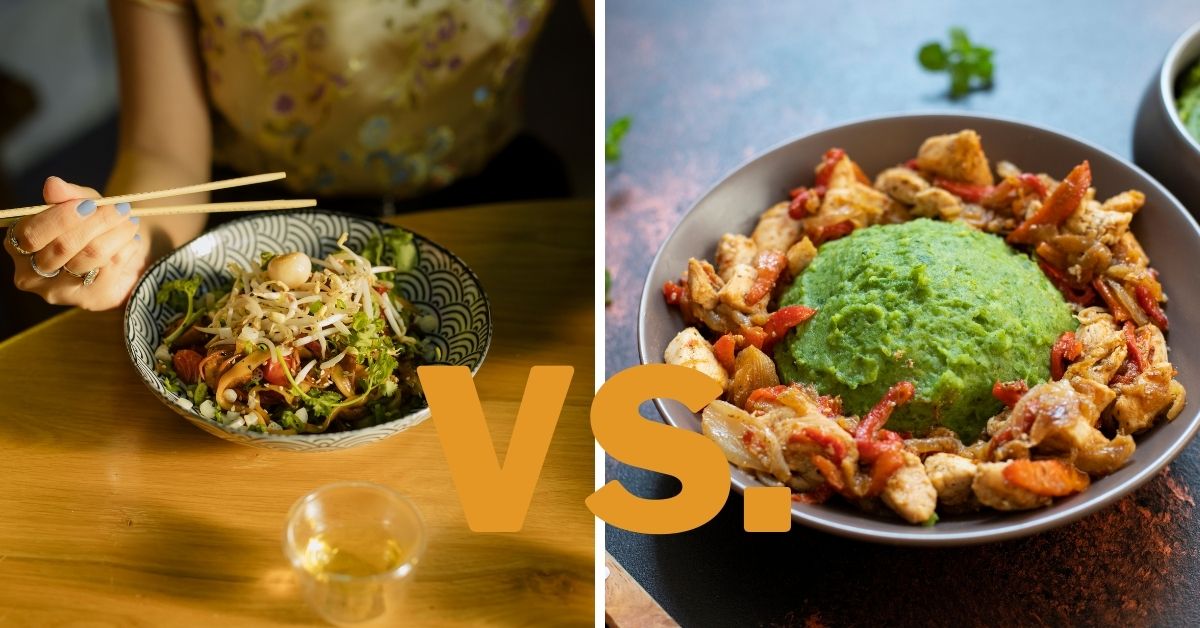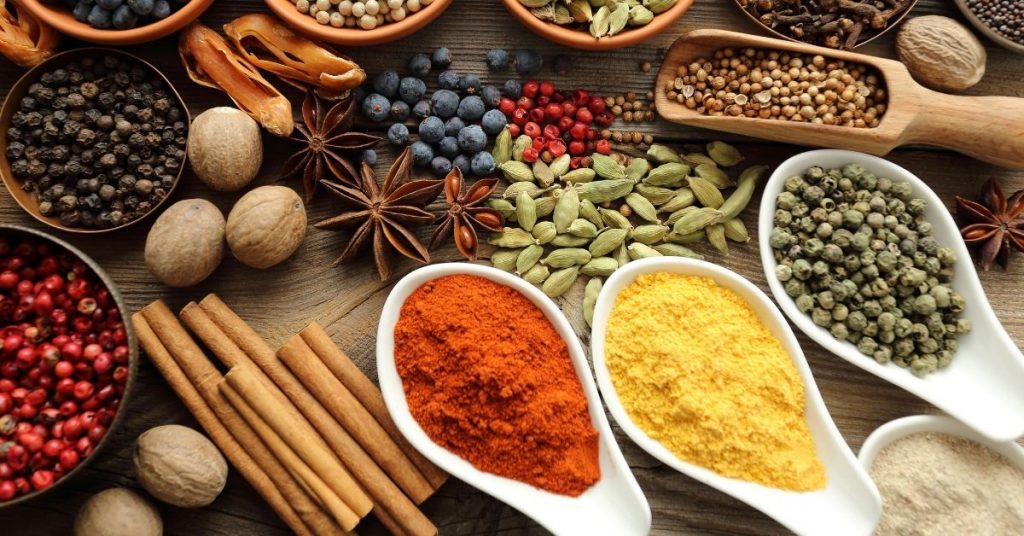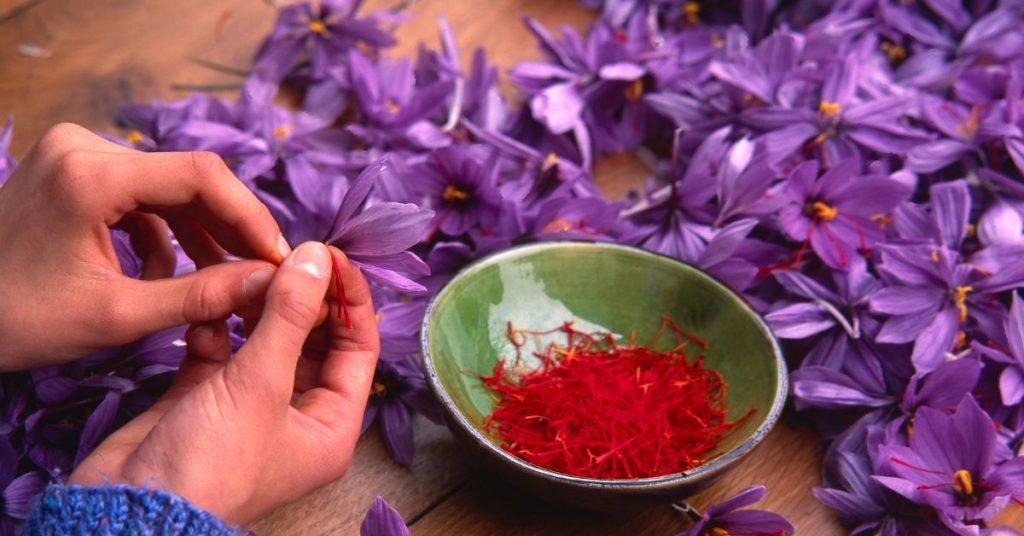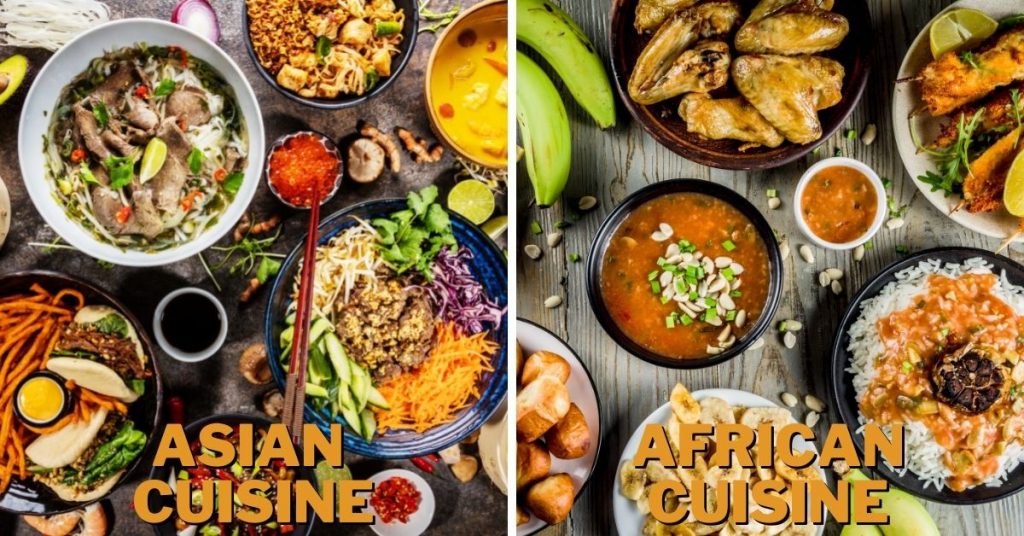Asian vs. African Cuisine: Differences & Which One Is More Popular?

Both African and Asian cuisines have a lot to offer. These local cuisines have long-lasting traditions and have managed to retain their traditional markings. They are playful, original, colorful, and offer a unique culinary experience.
African and Asian cuisines share some similarities but are quite different. So, what are the differences between African and Asian cuisine, and which is popular?
African cuisine uses local fruits and vegetables, grains, milk, and crude. African cuisine can be more inclined toward vegetarianism or more carnivorous. Asian cuisine is very diverse. It includes rice, maize, beef, pork, and seafood. The dominant cooking methods are stir-frying, steaming, or deep oil frying.
As a massive fan of both, you can find African Puff Puff and Kung-Pow Chicken in my kitchen. Both cuisines are so diverse that there’s something for everyone in both of them. I love the playfulness of the African cuisine, but I adore the spiciness of the Asian food too.
In the following paragraphs, I will discuss the differences between these two cuisines, which is more popular, and which dishes are popular in which cuisine.
Asian Cuisine
Since Asia is the densest populated continent, Asian cuisine encompasses the cuisines of the cultures living on the continent.
Asian cuisine can be divided into several cuisines based on individual regions. So, according to this division, there is an East-Asian, West-Asian, Central-Asian, North-Asian, and South-Asian cuisines.
These Asian cuisines share many similarities but differences as well. The dominant ingredients are rice, vegetables, seafood, and beef. However, not all of these ingredients are used throughout the continent.
East-Asian cuisine characterizes high spiciness levels, including seafood, rice, soybeans, mung beans, and noodles. As it covers the entire eastern part of Asia, this cuisine is diverse and can be further divided into many subcategories.
The dessert menu in East-Asian cuisine is mainly composed of sweet rice, sweet bean pastes, and agar. The sweets are usually consumed with tea, and often they are served as a part of the main meal and not separately.
West-Asian cuisine is very close to Eastern-European cuisine, and it includes a lot of bread, pickled food, meat, potatoes, sumac, olive oil, sesame seed, and rice. It isn’t expressively spicy in some regions, as the traditional seasonings primarily include salt, pepper, paprika, and vegetable mix. However, some regions use a lot of spices such as curry, cumin, black pepper, cinnamon, nutmeg, and coriander.

The desserts in West-Asian cuisine vary from sweet pastries such as cakes to sorbet-based sweets. They are mainly meant to combine with coffee and are served separately.
The North-Asian cuisine is the Russian cuisine which is pretty similar to the West-Asian cuisine, but with more seafood involved. Also, the meat content is bigger in North-Asian cuisine compared to the other four.
The desserts are flour-based cakey pasties involving lots of sugar-soaked fruit. They are mostly heavy, contain a substantial amount of cream, eggs, and butter, and are served separately from the meal.
South-Asian cuisine includes the Indian subcontinent. This cuisine is mostly plant and rice-based, and depending on the region, it is either vegetarian or beef-excluding. It is very spicy, and the most popular spices are curry and Curcuma.
The desserts in South-Asian cuisine are deep-fried pastries. Like in the West-Asian cuisine, the desserts are sorbet-based, and they are recognizable for their crunchy exterior and soft interior. They are mainly snacks but are also served traditionally after the main dish.
The Central-Asian cuisine mixes all the surrounding cuisines, involving everything already contained in the East, North, West, and South cuisines. It is mildly spicy, and it includes a moderate amount of everything from the surrounding cuisines.
The neighboring cuisines influence this cuisine’s desserts, so it has sorbet-based desserts, cakes, and sesame seed-based desserts. Central- Asian cuisine has variations of the surrounding cuisines’ desserts.
Some may argue that Central-Asian cuisine should be divided into and assigned to the four surrounding cuisines. Still, the perfect balance of the surrounding cuisines makes Central-Asian cuisine unique.
The bonding element of these five categories forming the Asian cuisine is the rice, represented in each of them. Also, they all include one or another kind of meat, so none of them is entirely vegetarian. The most commonly used types of meat are beef or lamb, while pork is more prevalent in the East and West-Asian cuisines.
The spiciness varies from mild in the West and North-Asian to more intense and even strong in the South and East-Asian cuisine.
The dominant cooking methods throughout Asian cuisine are stir-frying, deep-frying, steaming, and boiling.
The holiday dishes vary from region to region, as each region has its days of celebration. In West-Asian cuisine, the most popular holiday dishes include cream salads, turkey, chicken, pork, and potato salad.
The East-Asian cuisine’s holiday dishes involve a lot of seafood, green beans, cabbage salads, and rice-based sides.
The South-Asian cuisine’ holiday menu involves roasted beef or lamb, combined with rice and seasonal vegetables.
The holiday dishes in the North-Asian cuisine involve seafood and desserts from the West-Asian cuisine.
The Central-Asian cuisine involves all the holiday dishes from all surrounding cuisines, so there may be rice pilaf, roasted beef, shrimps, and potato salad on the same table.
African Cuisine
Although African cuisine is also diverse, it is more unified than Asia. It cannot be so clearly divided between north, east, central, and south, though each region has its markings.
African cuisine is well-known for its use of locally-grown food, as there isn’t a well-developed export and import of food there. It is mostly vegetable and grain-based, and it includes a wide application of milk and crude.
In some regions, such as Eastern Africa, the cuisine contains more lamb, pork, and beef, as people there mostly grow cattle and pigs.
Due to historical events, African cuisine has also been influenced mainly by European cuisines.
However, traditional African cuisine contains a lot of dietary fibers, low sugar, fat, and salt.
The spiciness of African cuisine ranges from mildly spicy to fiery hot; it is overall less spicy than Asian cuisine. Some regions with the spiciest food in Africa are South Africa and Nigeria.
The most frequently used spices in African cuisine are cinnamon, cloves, and mint. However, African cuisine is also known for its use of cumin, saffron, iru, kan kan kan, and mitmita.

South African cuisine is often referred to as “rainbow cuisine” because it contains food from all African regions, much like Central-Asian cuisine. South African cuisine contains meat, grains, rice, milk, crops, and fermented milk products.
Eastern Africa’s cuisine is characteristic of grains, especially wheat. It is also a cuisine where potatoes are one of the primary products, which isn’t typical for the other African regions.
North African cuisine mainly includes beef, lamb, and goat, due to the dominant religion in this region, Muslim. Being close to the Mediterranean, North African cuisine also encompasses olives, olive oil, dates, and figs.
West African cuisine is the most vegetarian of all. It is primarily plant-based and includes yams, cassava, cowpeas, okra, lemongrass, and rice.
The dominant cooking methods in African cuisine are roasting, broiling, steaming, and baking.
African desserts are very similar to Asian desserts, excluding cakes. African desserts are also sorbet-based and often fried pastries, covered or filled with cream. African cuisine also has its version of pancakes called Baghrir.
The African version of the cake is cheese cream cake in several variations.
Holiday food in Africa depends on the holiday, but generally, stews, roasted meat, and soups are most common in African cuisine’s holiday menu.
| African food | Asian food |
|---|---|
| Varies by region but is more homogenous than Asian cuisine | Divided into four different cuisines |
| Plant and grain-based, with moderate use of meat. | Combination of meat and plant-based. |
| Cattle, pork, poultry | Cattle, pork, poultry, and seafood |
| Includes lots of rice | Includes lots of grains |
| Mostly spicy | Moderately to mildly spicy, excluding the Nigerian cuisine |
| Roasting, boiling, steaming, and baking | Deep frying, stir-frying, steaming and boiling |
| Sorbet-based desserts filled or covered with cream | Sorbet-based desserts, cakes, cookies, sesame seed-based desserts, and sweet pastries |
Asian Food Vs. African Food: Which Is Healthier?
Both Asian and African cuisines are healthy but African cuisine has been recognized as more beneficial.
Because in African cuisine, the dishes don’t have added oil but are mainly cooked with their natural oils and juices, African cuisine is regarded as the healthier of the two.
Asian food contains lots of healthy spices, vegetables, and a wide variety of seafood, making it very beneficial for health. African cuisine is less spicy but more plant-based, containing lots of grains rich in dietary fiber, making this cuisine also very healthy.
The only thing that tips the scale here is the cooking method. While Asian cuisine includes deep frying, frying, and steaming, as its dominant cooking methods, African cuisine includes roasting, baking, steaming, and boiling.
Asian Food Vs. African Food: Which Is More Popular?
Although African cuisine is gaining popularity, Asian cuisine is the more popular. Mainly because of the worldwide popularity of Chinese food, Asian cuisine’s growing popularity makes it known in every corner of the world.
In the last decade, ethnic restaurants have been a real hit globally, and they are primarily Chinese and middle-eastern restaurants. Many Asian food takeout options make Asian cuisine accessible.

What Are the Best Asian Dishes?
Vietnamese dumplings, Szechuan pork, and Kimchi noodles are among the tastiest East- Asian dishes. Murgh Polao and Ema Dathsi are best known for the South-Asian cuisine.
The West-Asian cuisine is well-known for its kibbeh and shawarma. Kholodets and Beef Stroganoff are representatives of the North- Asian cuisine.
Central Asian cuisine is best depicted with Tolma and Baklava.
What Are the Best African Dishes?
Pap en Vleis and Kapenta with sadza are very popular dishes from Southern Africa’s cuisine. Piri Piri chicken represents East Africa’s cuisine, along with Chambo with nsima.
Jolof rice comes from West African cuisine. North African cuisine is best represented with Koshari and Full Medames.
